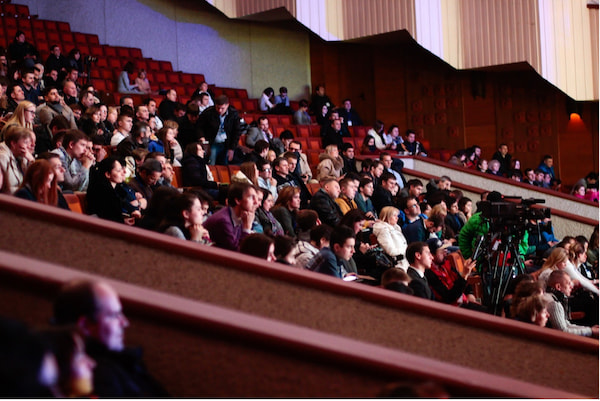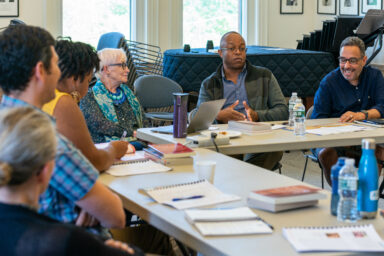Understanding the value of the arts to individuals, families, and communities has long been a query for policy-makers and researchers. At the core of the value system is how individuals are affected and transformed by virtue of participating. Individual arts experiences are the building blocks upon which the larger outcomes of the arts, such as social cohesion and cognitive development, are constructed.
Tools for effectively measuring how art affects audiences, however, are just being explored. Anecdotal stories of impact provide helpful information. But as arts groups are called upon to provide more rigorous evidence of the impacts of their artistic programs, a more systematic measurement approach is needed to convey the intrinsic value of their work.
This article reviews initial exploratory research and subsequent research undertaken over the past six years to better understand how art affects audiences, and to develop reliable and replicable measurement approaches. The research has yielded a more nuanced, but still emergent, understanding of the emotional, intellectual, social, and aesthetic constructs of intrinsic impact, methods of measuring them, and insight into the limitations and applications of this work for policy-makers and arts practitioners.




